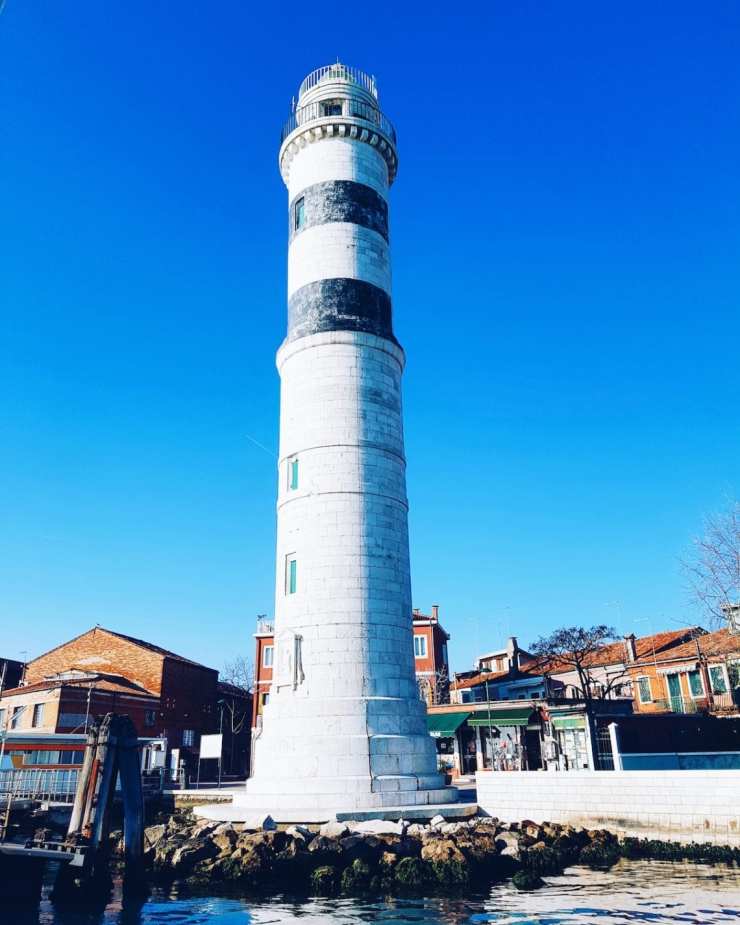A mile north off Venice is the cluster of islands called Murano. We crossed in a vaporetto (water taxi) from Venice to Murano on a day that was joyously sunny. The kinds that come wrapped up in a bow only once during a few miserably cold and foggy winter days spent in Venice. When we got off the boat at Murano, the first sight that greeted me was that of a bearded local dragging a sizeable carton on wheels . He looked like a fisherman, the lines of the years marked out on his weather-beaten face.
A rustic, atmospheric introduction but what lay after was anything but unassuming. Workshops, boutiques and factories cropped up in a row, flanking the grand canal. Stepping inside them, my senses were dazzled by the rich colours of delicately designed glassware — and, may I add sheepishly, the prices.
There we were at the heart of it all – Murano thrives on the art crafted by the glass blowers of the island. They have been at it for centuries. Somewhere towards the end of the 13th century, the Doge ordered the glassmakers to move their factories to Murano. Now there is a bit of dilemma about why he did so. But it sways between two schools of thought – one that the Venetian authorities did not relish the thought of their wooden buildings exploding with the danger of fire at large, and secondly this that they did not want the craftsmen to divulge their secrets to outsiders.
The glassmakers achieved exalted status soon. They could carry swords, evade prosecution by the Venetian state, and by the late 1300s, their daughters could even be wedded into blue-blooded families. The only glitch was that the glassmakers could not leave the Republic. If a glassmaker had plans of setting up shop on lands beyond his own, it would mean two things for the fellow – he would either lose his hands (sounded to me like Shah Jahan’s edict for the workers behind the Taj Mahal had travelled far – the Mughal emperor was supposed to have had their hands lopped off so that they could not replicate the glory of his tribute to his empress), or, he would be killed by the secret police.
We had to watch one of the glassmakers at work. It is quite a touristy thing to do, yes I know, but sometimes I feel that you have got to be a tourist to the hilt. We marched into one of the factories and paid up about 8 euros each to watch a third-generation glassblower go about his job with incredible ease. Within the time that we spent gaping at him twirling a long pole, the tip of it encased in a glowing cone of fiery melted glass, he had moulded a handful of pretty pieces of coloured glass including one of a horse rearing up.
Veneto-Byzantine summer palazzos and cathedrals apart, I was taken in by the iridiscent blue sculpture at Campo Santo Stefano. It was a veritable starburst in glass. I gaped more – by which time Adi was fairly tired of sulking and being ignored while I kept staring at glass. To not have your sulk acknowledged is worse than your partner shopping on the sly. My husband shall confirm both. He does the first, I do the second. At that point of time he had made the transition to Mr. Grumps. He had not been fed gelato on time.
Off we went on a gelato hunt which concluded the visit to the island on a fairly satisfied note. Not to mention the few colourful pieces of suspended, ceiling lamps that we bought before boarding the boat to Burano.












How to Get There: Look out for Vaporetto 41 and 42 from Piazza San Marco in Venice. You can also stop at the cemetery island of San Michele, that lies between Venice and Murano.
Where to Buy Glass: Go with your instinct. We stopped at a shop that was quiet but the owner refused to haggle (which was a bummer) but the relief was that we did not come out with products made in China.
Where to Eat:
La Perla Ai Bisatei. An Italian eatery where I stopped for cappuccino and a spinach puff pastry that delighted my tastebuds with its flakiness. The food is supposed to be good here and the prices reasonable.
Osteria al Duomo (www.osteriaalduomo.com) is a family-run affair and known for the freshness of the locally-sourced food it serves up.
